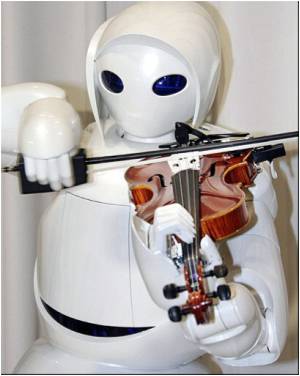
"As humans are social animals, it's important for humans to understand the emotional state of other people to maintain good relationships. When a man is smiling, probably he is happy, and when he is crying, probably he's sad," said Akihiro Tanaka of Waseda Institute for Advanced Study in Japan.
Most of the research on understanding the emotional state of others has been done on facial expression.
Tanaka and his colleagues in Japan and the Netherlands wanted to know how vocal tone and facial expressions work together to give you a sense of someone else's emotion.
For the study, the researchers made a video of actors saying a phrase with a neutral meaning-"Is that so?"-two ways: angrily and happily. This was done in both Japanese and Dutch.
Then they edited the videos so that they also had recordings of someone saying the phrase angrily but with a happy face, and happily with an angry face. Volunteers watched the videos in their native language and in the other language and were asked whether the person was happy or angry.
Advertisement
This makes sense if you look at the differences between the way Dutch and Japanese people communicate, speculates Tanaka.
Advertisement
Therefore, Japanese people may be used to listening for emotional cues. This could lead to confusion when a Dutch person, who is used to the voice and the face matching, talks with a Japanese person; they may see a smiling face and think everything is fine, while failing to notice the upset tone in the voice.
"Our findings can contribute to better communication between different cultures," said Tanaka.
The results are published in Psychological Science, a journal of the Association for Psychological Science.
Source-ANI










